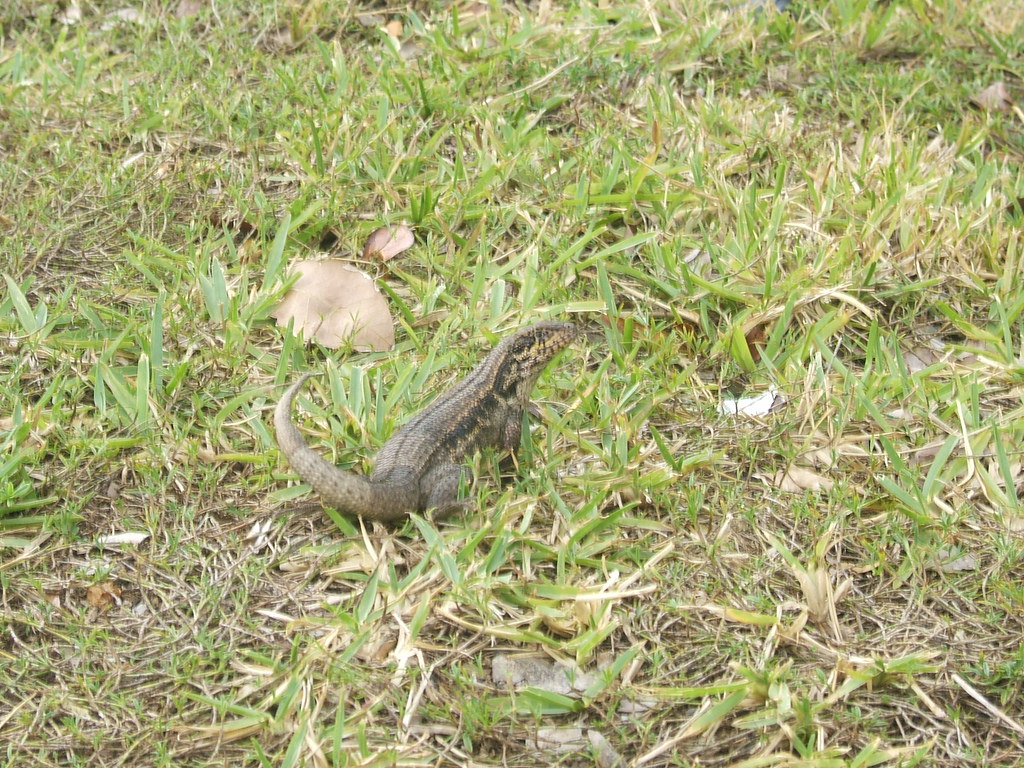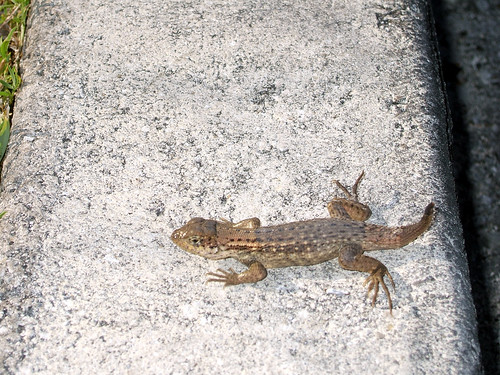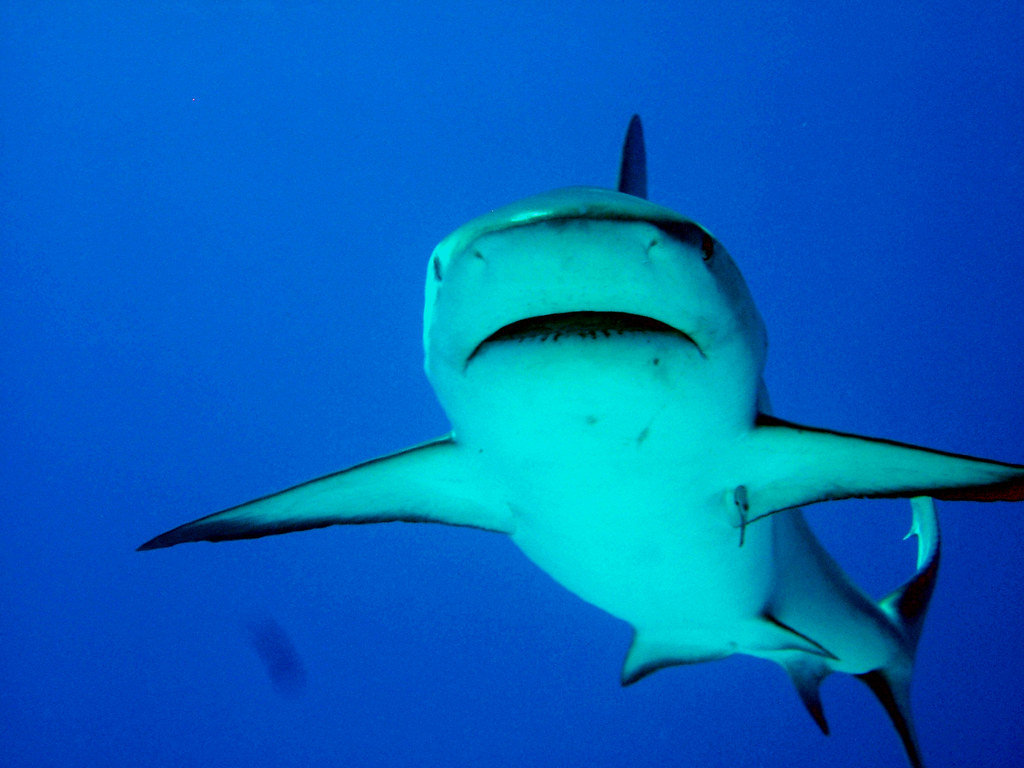 These pictures were taken at the shark feed below. Divers sit in a semi-circle watching the sharks feed on frozen bait suspended from a buoy above. Its an excellent way for divers to see their first sharks if they haven't seen one before as it leads to close and prolonged views as opposed to fleeting glimpses which can be more common in the absence of bait.
These pictures were taken at the shark feed below. Divers sit in a semi-circle watching the sharks feed on frozen bait suspended from a buoy above. Its an excellent way for divers to see their first sharks if they haven't seen one before as it leads to close and prolonged views as opposed to fleeting glimpses which can be more common in the absence of bait.  A lot is written about sharkfeeding being dangerous or unnatural. I do not believe this is the case. This type of feed does not cause the sharks to associate divers as a food source they merely recognise divers are present at the same time as the food is available. The same is true of the two large groupers below. The state of florida banned shark feeding as a result of the media-created summer of the shark. Marvellous stuff......except divers there were feeding harmless nurse sharks not the bull sharks responsible for florida's attacks and they did nothing about the people baiting for and fishing for sharks from swimming beaches - oh well.
A lot is written about sharkfeeding being dangerous or unnatural. I do not believe this is the case. This type of feed does not cause the sharks to associate divers as a food source they merely recognise divers are present at the same time as the food is available. The same is true of the two large groupers below. The state of florida banned shark feeding as a result of the media-created summer of the shark. Marvellous stuff......except divers there were feeding harmless nurse sharks not the bull sharks responsible for florida's attacks and they did nothing about the people baiting for and fishing for sharks from swimming beaches - oh well.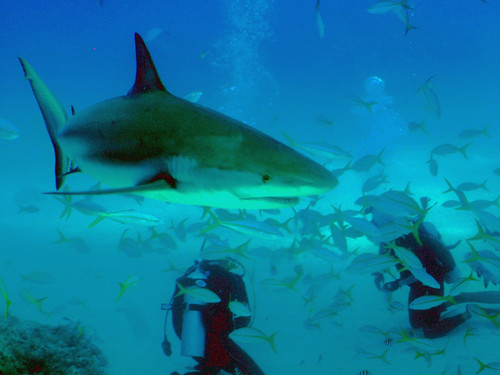 The Bahamas by contrast has realised the tourist value of its sharks and this leads to their protection thereby allowing me to take these pictures. The carribean reef shark is the ideal subject for shark feeds. It has the "shark look" and will respond well but is not too dangerous. Larger sharks like Bulls, Mokarran and Tigers can be and are fed in the Bahamas too but these are currently very specialised trips. This is appropriate in my view as it is better for shark and diver that inexperienced divers not used to being around very large sharks are not put in a potentially awkward situation. [Edit: In case you are wondering the two divers above are looking for teeth lost by the sharks during feeding (a natural process). I did manage to score one tiny one which I'll share with you all at some point soon]
The Bahamas by contrast has realised the tourist value of its sharks and this leads to their protection thereby allowing me to take these pictures. The carribean reef shark is the ideal subject for shark feeds. It has the "shark look" and will respond well but is not too dangerous. Larger sharks like Bulls, Mokarran and Tigers can be and are fed in the Bahamas too but these are currently very specialised trips. This is appropriate in my view as it is better for shark and diver that inexperienced divers not used to being around very large sharks are not put in a potentially awkward situation. [Edit: In case you are wondering the two divers above are looking for teeth lost by the sharks during feeding (a natural process). I did manage to score one tiny one which I'll share with you all at some point soon]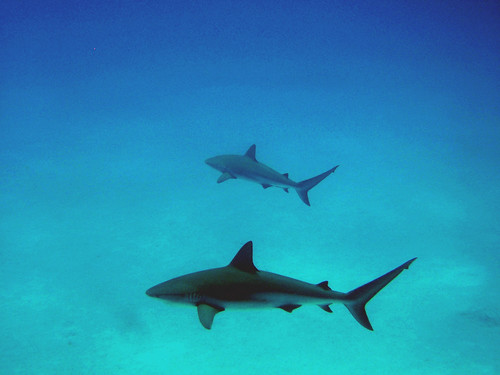
This species was the 23rd shark I've dived with and two days later I spotted but couldn't get a picture of number 24 - the Alantic Nurse shark. Onward to number 25!
